If you’ve read stories about diesel locomotives on Trains.com or in Kalmbach Media’s railroad magazines and books, you’ve most likely seen references to diesel locomotives by generation. But what does generation mean?
Unlike automobiles, locomotive manufacturers don’t bring out new models each year. The same basic locomotive model can stay in production for years – sometimes decades – albeit with upgrades and detail changes through its lifetime.
Diesels also have long lifespans, often lasting 15 to 20 years in heavy service as intended, which can be followed by another 15 to 25 years in secondary or reduced service (especially with rebuilding of the engine itself and other major components).
Grouping diesels built during various periods or eras is often referred to by generation, with similar characteristics across locomotives from multiple manufacturers in each time period. Various landmarks in design and evolution mark the boundaries between generations. We’re currently in the fourth generation of diesel locomotive production, and although there’s a bit of overlap in the timeframes that define them, here’s a general summary of each generation and what separates them.
For additional information, check out the Guide to North American Diesels by Jeff Wilson. The book is available from the Kalmbach Hobby Store website and at Kalmbach Media retailers.
First-generation diesels
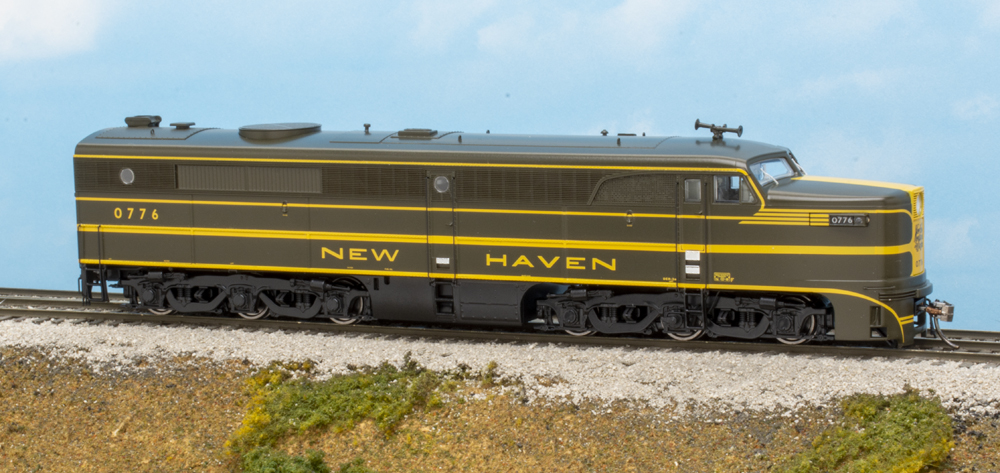
Early locomotives that directly replaced steam locomotives are referred to as first-generation diesels. This covers the first diesels of the 1920s up to those built through the late 1950s, including all locomotives built by minority builders (Baldwin, Lima, and Fairbanks-Morse). The period began with manufacturers simply trying to make diesel technology work, followed by efforts to make diesel engines more reliable and efficient. Remember that steam manufacturers continued to push their products heavily through the mid- to late 1940s, and steam locomotives outnumbered diesels in service into the early 1950s.
The first generation of diesels is typified by small, low-horsepower locomotives compared to later eras. Streamlined (cab-unit) models were the norm until the early 1950s, when railroads realized the versatility of the road switcher. Road diesels were typically around 1,500 hp, with some passenger diesels (EMD Es and Alco PAs) at 2,000-2,250 hp. The first high-horsepower freight diesels appeared starting in 1953 (FM’s H24-66 Train Master and Alco’s RSD15, both at 2,400 hp), but they were curiosities that didn’t sell well.
Second-generation diesels
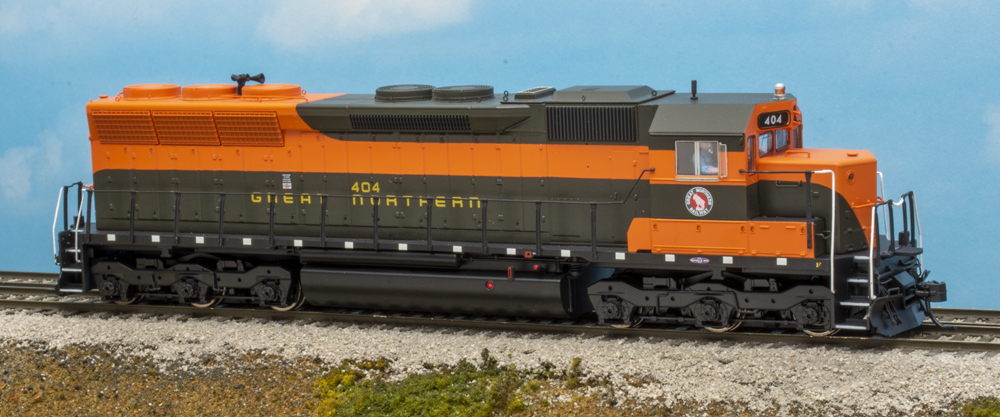
Locomotives purchased by railroads to replace early diesels (as opposed to replacing steam) are known as second-generation diesels. This began happening on a smaller scale by the late 1950s as EMD pioneered the idea of the “trade in” (some railroads had traded in FTs for GP9s by the mid-1950s), but the idea really took off by 1960 – the year that steam essentially disappeared from Class I railroads.
The second generation is marked by increased horsepower and the complete changeover to the road switcher. The usual dividing line for the start of the second generation is marked by GE’s pioneering 2,500-hp U25B of 1959; EMD’s first turbocharged road diesels, the 2,400-hp SD24 (1958) and 2,000-hp GP20 (1960); and Alco’s redesigned Century line, introduced in 1963.
Through this period, horsepower kept increasing, with 3,000-hp (EMD GP40 and SD40 series; GE U30B and U30C; Alco C430 and C630) to 3,600-hp (EMD SD45 and SD45-2; GE U36B and C; Alco C636) models into the 1970s. Six-axle power became the norm for fast freight as well as heavy-haul service.
The second generation also saw the demise of Alco (in 1969, although Montreal Locomotive Works continued its designs as a minority builder) and the remaining two manufacturers’ upgrades to their 1960s models with EMD’s Dash-2 line and GE’s Dash 7 series, plus EMD’s not-so-successful attempt to get more power from its existing 645 engine with the SD50. Both manufacturers would soon completely revamp their offerings, bringing the second generation to a close in the early 1980s.
Third-generation diesels
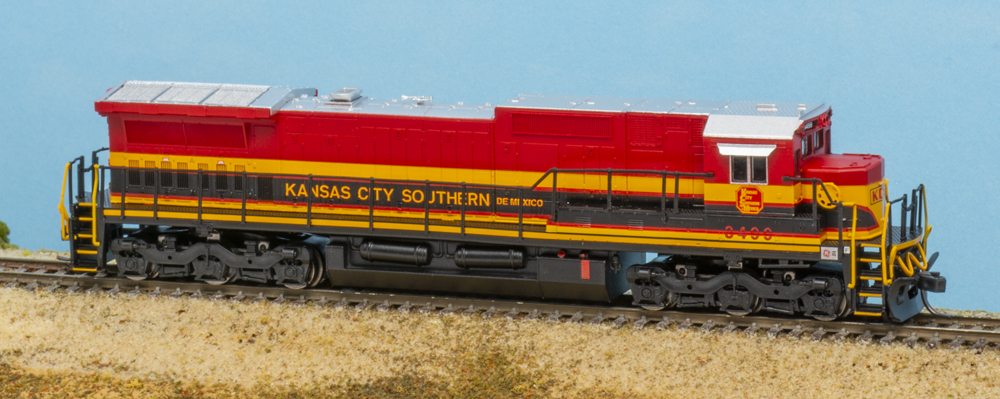
Third-generation diesels, which began appearing in the early 1980s, are marked by the introduction of microprocessor and advanced electronic controls, which improved engine and fuel efficiency, traction, and wheel-slip control, and also allowed the eventual advent of AC traction motors. Electro-Motive Division’s SD60/GP60 line (1984) and GE’s Dash 8 series (1983) were the first and represented complete redesigns of their locomotive lines.
Both major manufacturers also developed new and/or redesigned larger diesel engines, with horsepower eventually moving to 4,000 to 4,400 hp for most locomotives. Further developments were EMD’s SD70 line and GE’s Dash 9 models, which evolved through the early 2000s with steadily improving computer monitoring and controls and increased engine efficiency. This third generation, featuring DC traction motors, continued into the 2000s while the next generation of diesels began appearing; their lines were eliminated by the advent of stricter emissions standards by 2005.
Fourth-generation diesels
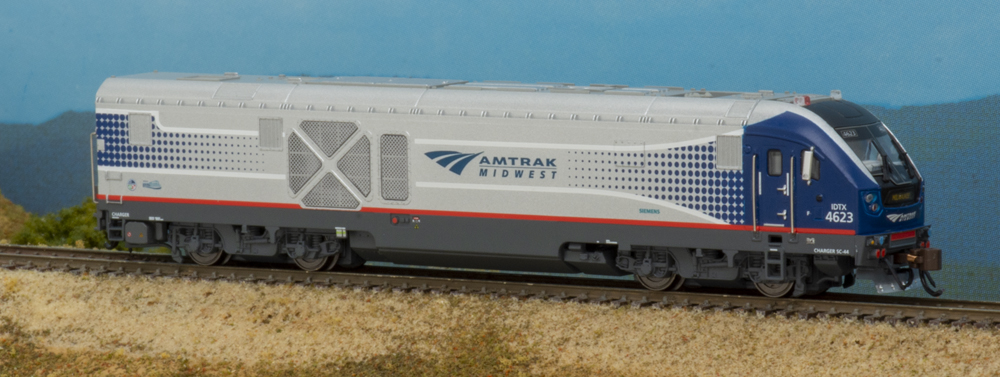
The latest evolution in locomotive design, marked by the advent of AC traction motors in 1993 (EMD SD70MAC, GE AC4400CW), is known as the fourth generation. The coming of AC traction is regarded as the most significant evolution in diesel technology, as it greatly increased tractive effort and efficiency (although older DC-traction locomotives would continue to be built for another decade, as AC-traction locomotives were significantly more expensive).
The fourth generation has also seen adaptation of new diesel engines, largely the result of increasingly stringent EPA emissions regulations, beginning with Tier 0 in 2000 and advancing to Tier 4 in 2015. Earlier (third-generation) locomotives met Tier 1 specs in the early 2000s, but tougher Tier 2 regulations, which took effect Jan. 1, 2005, forced both GE and EMD to redesign locomotives to be both more fuel efficient and cleaner to operate. The results – GE’s Evolution-series GEVO locomotives and EMD’s SD70ACe and SD70M-2 – feature advanced electronic engine controls, computer diagnostics, automatic shutdown and startup, and even more advanced microprocessor systems.
Tier 4 requirements necessitated a major revision of locomotive designs, including the engine itself (with multi-stage turbochargers) and greatly increased cooling capacity. General Electric (now Wabtec) met the regulations with its ET44AC and ET44C4, and EMD with its SD70ACe-T4.
The fourth generation has also seen development of new monocoque designs for high-speed, four-axle passenger locomotives, including the Siemens Charger, MPI MPXpress, and EMD F125 Spirit.
Service lives
Many first-generation diesels were retired by the late 1960s, although some (especially EMD GPs) survived another decade or more with rebuilding. Many second-generation diesels remained in front-line service through the 1990s (especially EMD SD40-2s), and they can still be found (rebuilt) in secondary service. Today, fourth-generation locomotives dominate key trains, but there are plenty of third-generation diesels still in mainline service, and many earlier third-gen diesels have been acquired by regional and shortline railroads to replace their aging second-hand first- and second-generation diesels.
Common locomotives by generation (all models not listed)
First generation
EMD freight: FT, F2, F3, F7, F9, GP7, GP9, SD7, SD9
EMD passenger: EA, E1, E2, E3, E4, E5, E6, E7, E8, E9, FP7, FP9EMD switcher: SW1, NW2, SW7, SW8, SW9, SW900, SW1200
Alco freight: FA1, FA2, RS1, RS2, RS3, RSD4, RSD5, RSD7, RSD12, RSD15, RS11, RS23, RS27, RS32
Alco passenger: DL109, PA1, PA2
Alco switcher: HH600, HH660, HH900, HH1000, S1, S2, S3, S4
Second generation
EMD freight: GP18, SD18, GP20, GP30, GP35, GP38, GP38-2, GP40, GP40-2, SD24, SD35, SD38, SD38-2, SD40, SD40-2, SD45, SD45-2, F45, GP50, SD50, GP15-1
EMD passenger: SDP35, SDP40, FP45, SDP40F, F40PH
EMD switcher: SW1000, SW1500, MP15
Alco freight: C420, C424, C425, C430, C628, C630, C636
Alco switcher: T6
GE freight: U18B, U25B, U25C, U28B, U28C, U30B, U30C, U33B, U33C, U36B, U36C, B23-7, B30-7, C30-7, B36-7, C36-7
GE passenger: U28CG, U30CG, P30CH
Third generation
EMD freight: GP60, SD60, SD60M, SD70, SD70M, SD75M
EMD passenger: F40PH-2, F40PHM-2, F59PH
GE freight: Dash 8-40B, Dash 8-40C, Dash 8-40CW, Dash 8-44CW, Dash 9-40CW, Dash 9-44CW
GE passenger: Dash 8-32BWH, P40, P42DC
Fourth generation
EMD freight: SD70MAC, SD80MAC, SD90MAC, SD70ACe, SD70M-2, SD70ACe-T4
EMD passenger: F125
GE freight: AC4400CW, AC6000, ES44AC, ES44DC, ET44AC, ET44C4
GE passenger: P32AC-DM
Other passenger: MPI MPXpress, Siemens Charger
Note: All locomotives from early minority builders (Baldwin, Fairbanks-Morse, Lima) are first generation.







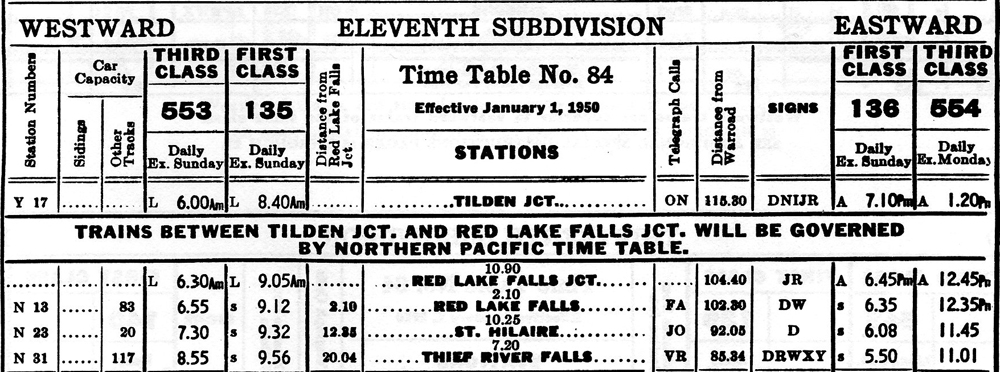
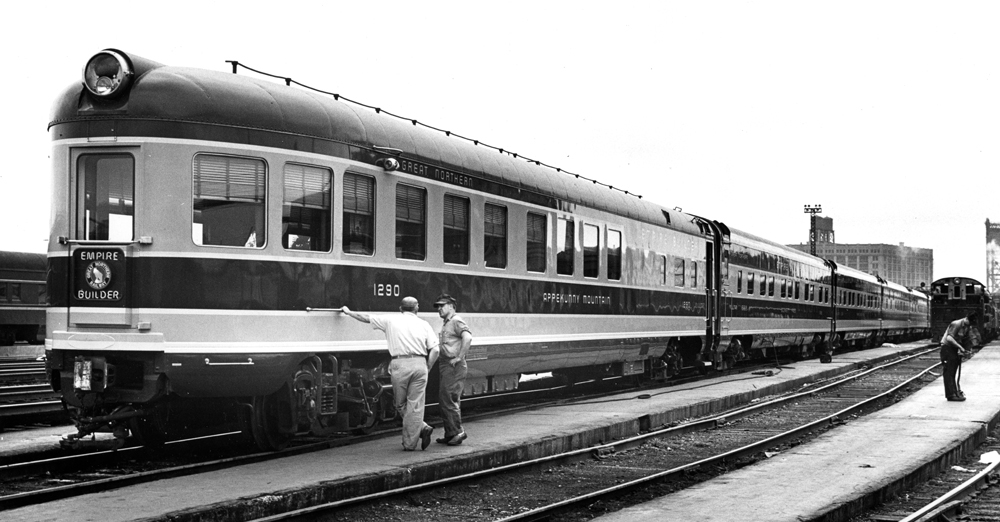
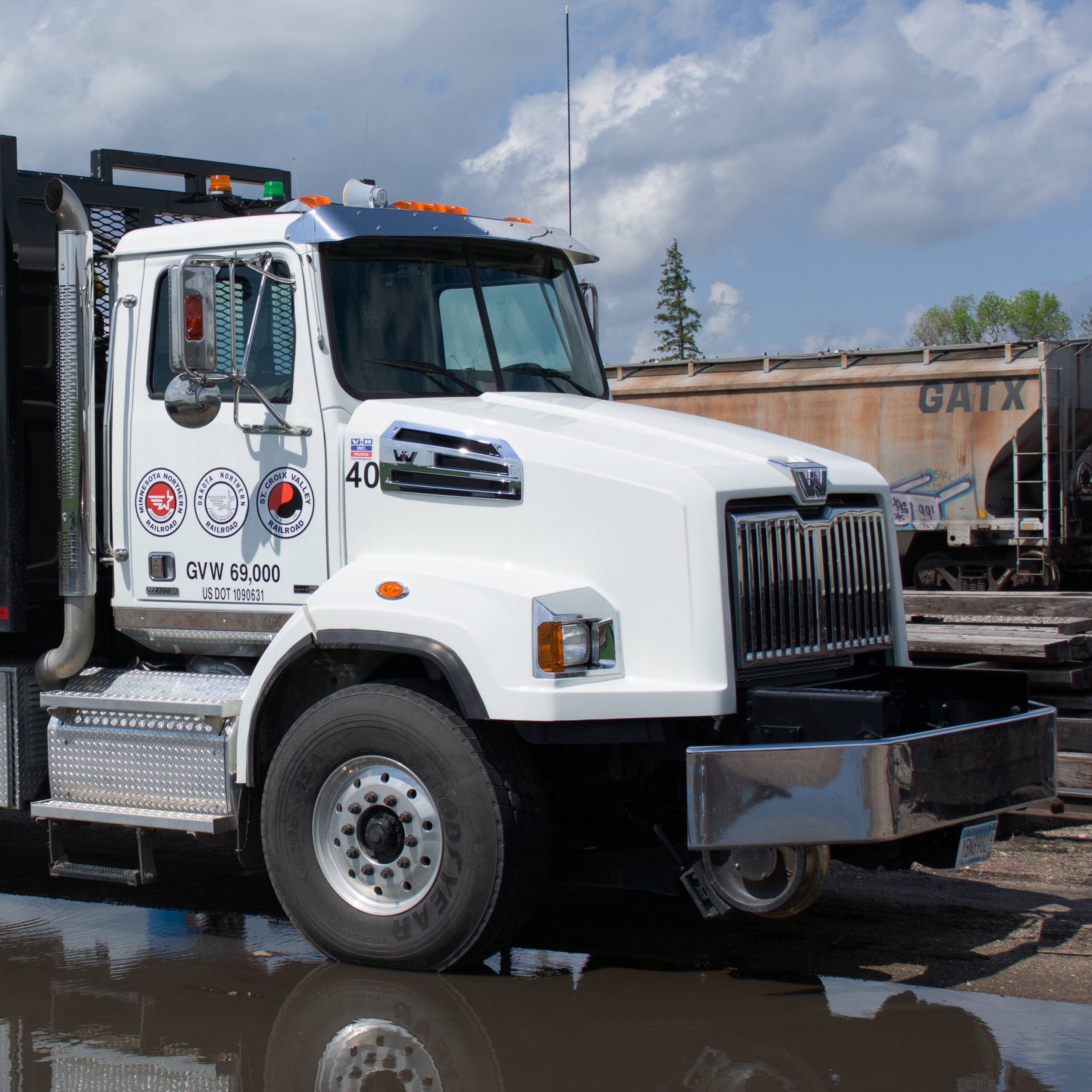




EMD/Progress got caught badly by the Tier 4 requirements. They tried mightily to tweek their two-cycle diesel engine, but failed and then created a four-cycle motor which finally was clean enough. But they missed the 2015 date by two years or so, jeaving GE/Wabtec as the only heavy 6-axle locomotive supplier. And their final product, the SD70 Tier 4 was a flop in the US. I don’t think they sold more than 200. Plus today’s market is almost all rebuilds for both manufacturers, not much new.